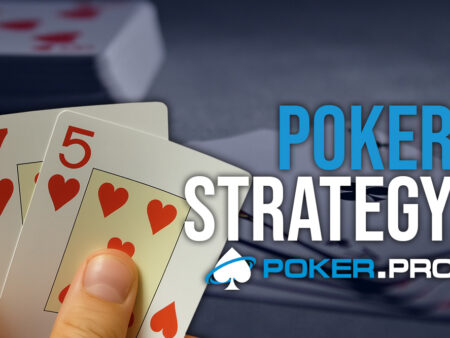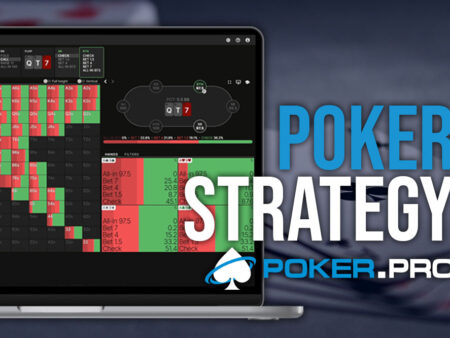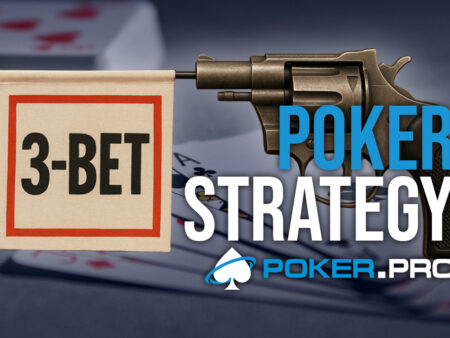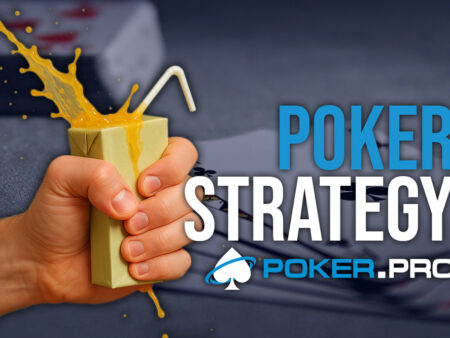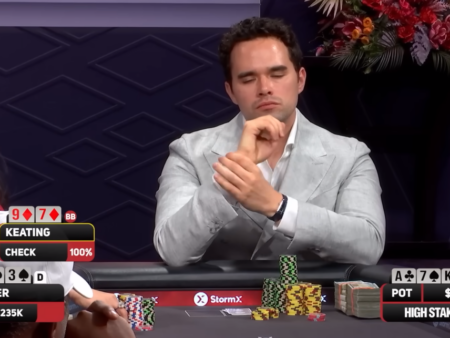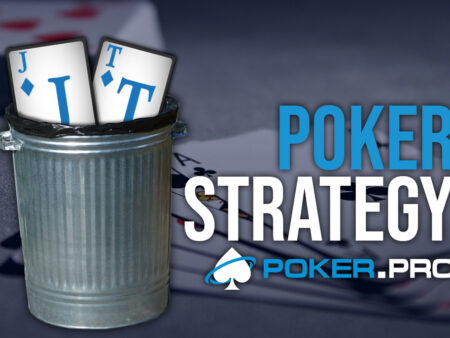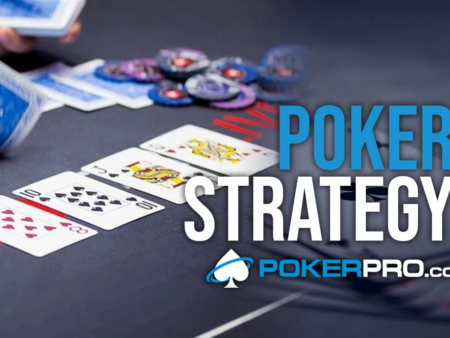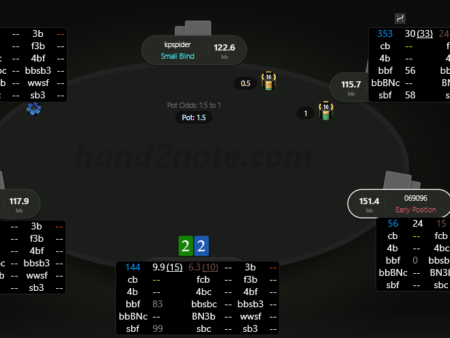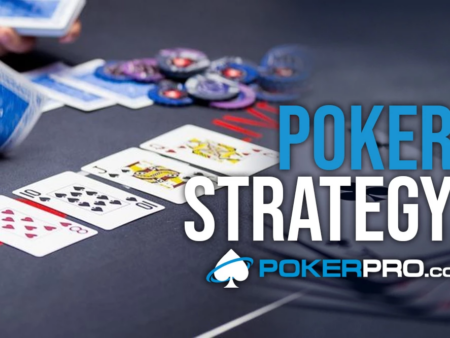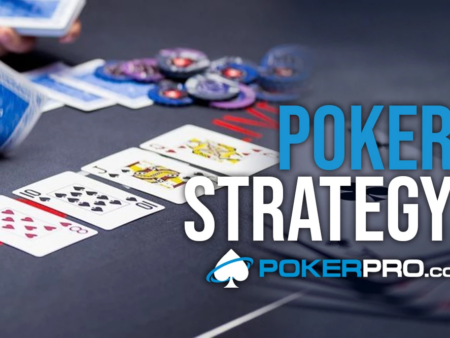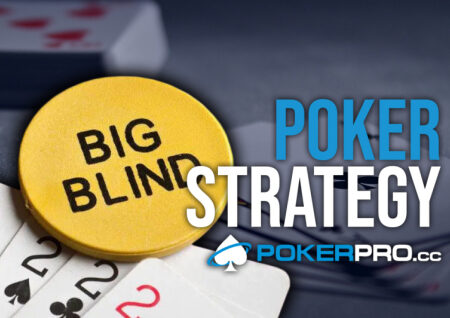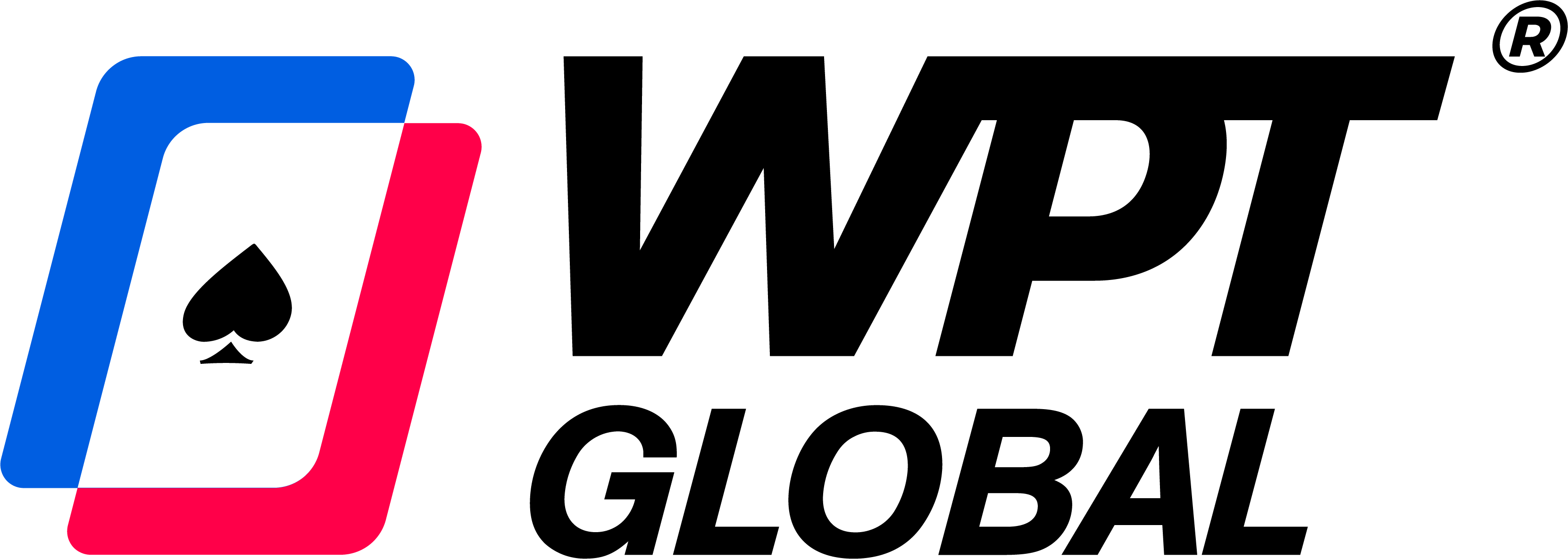The Inchworm concept or how to improve your game Every poker player that has ever spent at least some amount on the psychological aspect of the game …
The Inchworm concept or how to improve your game
The Inchworm concept or how to improve your game
Every poker player that has ever spent at least some amount on the psychological aspect of the game (tilt, focus, etc.) has surely heard of Jared Tandler’s book “The mental game of poker”. In short, the book was published in 2011 and focuses on the psychological aspect of poker – how to improve your mental game, avoid tilt, be more focused, etc.
We mention the book, because in it, Tandler explains the Inchworm concept, and how to use it to improve our game. The concept does not solely apply to poker, but has general applications, and can be used to improve any aspect in life. Today’s article will focus on explaining the concept and show you, how to effectively use it to raise your game level and achieve better poker results!
The Inchworm concept
The inchworm is an interesting animal that has a specific type of movement. To get a better idea of it, look at the picture below.
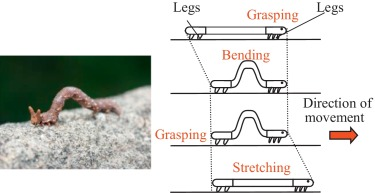
As you can see, the inchworm has a very specific type of movement. First, it stretches the whole body and grasps with his front legs. Afterwards he starts crawling forward with his back legs and creates a shape of a “bell”. After he reaches a certain point, the movement repeats; he again stretches, grabs with front legs and starts moving back legs forward. The whole movement is really intriguing but you are probably wondering what it has to do with poker, or better, your improvement of knowledge of the game.
Let’s start with a simple example of a sports game, basketball. Let’s take that “bell” shape and imagine it’s a graphical display of one’s knowledge of the game: on the right side (at the front legs), are the basketball skills, that the player has mastered: for example, he excels at three-point throws, he is great at dribbling and has an amazing overview of the game. On the left side (at the back legs) lie his biggest weaknesses in the game: for example, free throws, endurance, vertical jump.
The whole idea of the concept is the notion, that there are two spectres, one at which we excel, and the other, our weaknesses. And in order to improve our game, we have to constantly work on our game, train, and hone our skills. And even though it is important that “our” player becomes even better at three-pointers and dribbling, it is also as important (if not even more) for him to improve on his weaknesses. Therefore, it is extremely important for our player to improve his free throws, endurance and focuses on exercises to improve his vertical jump.
The Inchworm concept and its application in your poker game
Now that we understand the basic idea of the concept, we can try to apply it to our poker game. Every poker player excels at some poker skills, while he lacks others. As you know, there are tons of different skills in poker. Just to name a few: heads-up play, tilt control, final table play, bluffing, shortstack play, playing in 6-max games, etc. It is important you work hard and improve the skills you already excel at, but at the same time, be critical of your game, spot your weaknesses and work on improving them too; it’s the only way you will become better as an overall player.
Example
Let’s make up a player; let’s name him Luke. He is a tournament player, with average tournament results, with a love for the game and a motivation to work on his game. Let’s draw the “bell” shaped curve and put all his skills around the spectrum.
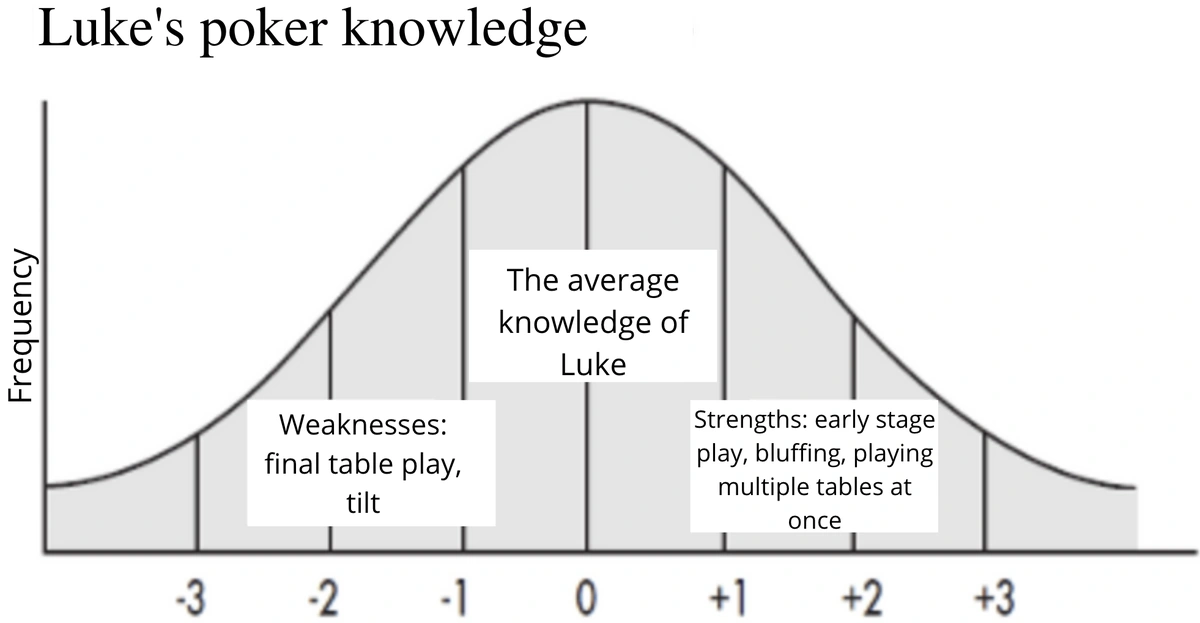
As you can read from the graph, in the middle we have Luke’s average knowledge of poker. One the right side are his strengths, and on the left, his weaknesses. The frequency tells us, the amount of time Luke is able to play on a certain level; most of the time his game is on the average point. As he spent quite some time studying the early phases of tournaments, improving his bluffing skills and the ability to play multiple tables, he excelled in these skills with a certain frequency. But as we can see on the left side of the graph, Luke is far from a perfect poker player, and every now and then, his weaknesses show up; when he reaches a final table of a tournament, he struggles a lot due to lack of knowledge and experience. On top of that, Luke has a quite short temper, especially when an opponent gets lucky and sucks out on him. It is then, that Luke’s concentration drops significantly and his whole game becomes worse.
It is important for Luke to keep on improving his game in the early stages of tournaments, his bluffing skills and the ability to multitable (especially to keep the edge versus other players). The better he becomes at these skills, the higher will be the frequency of his play on a high level and the better the results. But the whole idea of the Inchworm concept lies in the idea that he identifies his weaknesses and starts improving them too. Because, no matter how much better he becomes at the skills he already excels at, the weaknesses are the ones that are always going to prevent him from achieving top class results. His early stage game is great and he often makes the final table. But as he has not put any focus on the final table play (where dynamics, stack sizes and the prizes play a major role on our decisions), he often fails to reach the podium and often finishes in the 6th, 7th or 8th place.
His second weakness is tilt; he oftens gets a massive stack size in the early stages of the tournament, that would enable him to play aggressive and help him get deep in tournaments. But it happens all too often, that Luke gets agitated at opponent’s lucky win, and starts playing badly, loses focus, makes suboptimal decisions and loses his big stack.
The main idea for poker players
It is of vital importance to constantly work on your game, strive to be better and raise your level of play. At skills you already excel at, strive to get even better. But always think about your weaknesses. On what parts of the game is your knowledge subpar? What are the areas you should improve on? Which of these weaknesses prevent you from achieving top results? It is important to identify these areas, start working on them and become a better poker player!
This train of thought will have many benefits:
- You will become more effective at learning the game
- You will achieve a constant progress with your game
- You will be able to focus on areas that matter
- You will have a good assessment of where your game stands at a certain point

